Diabetes Awareness Month 2017
Practical tips to help you empower yourself, take control, and thrive with diabetes!
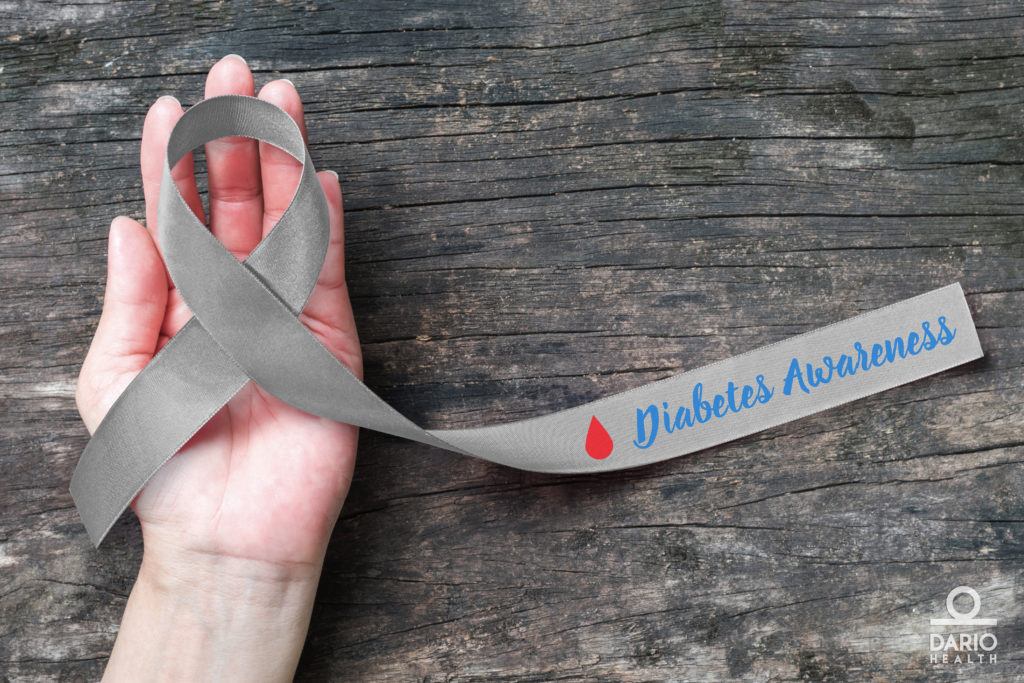
Edited by Susan B. Sloane, BS, RPh, CDE
November is a month to focus on all types of diabetes and how they affect communities worldwide. The month of November is recognized as Diabetes Awareness Month and World Diabetes Day (WDD) takes place on November 14. World Diabetes Day falls on the birthday of Dr. Frederick Banting who was a part of the Canadian team to first discover insulin, which happened way back when in 1924.
Created in 1991 by the International Diabetes Federation and the World Health Organization, WDD aims to promote advocacy and awareness about the disease. Today, WDD is the largest diabetes awareness campaign in the world and reaches over 1 billion people across the globe!
In the United States alone, 30 million people have diabetes, plus an additional 86 million people are diagnosed as having prediabetes; that equates to about 1 out of every 3 adults.[1]
It’s estimated that if these individuals don’t take proactive steps then 15-30% of them will develop diabetes within five years.
As a part of our effort to raise diabetes awareness, DarioHealth is focusing the entire month on tips, or more accurately 30 unbeatable tips (one for each day of the month), to help you manage your diabetes!
See the list below to discover these tips, and stay updated throughout the month as we include more tools to help you thrive with diabetes!
November 1: Always use a fresh needle when injecting insulin.
Reusing a dull needle can be painful and the needle is more susceptible to bending. Using a fresh lancet for blood testing is also important to get a good blood sample, and to make testing as painless as possible.
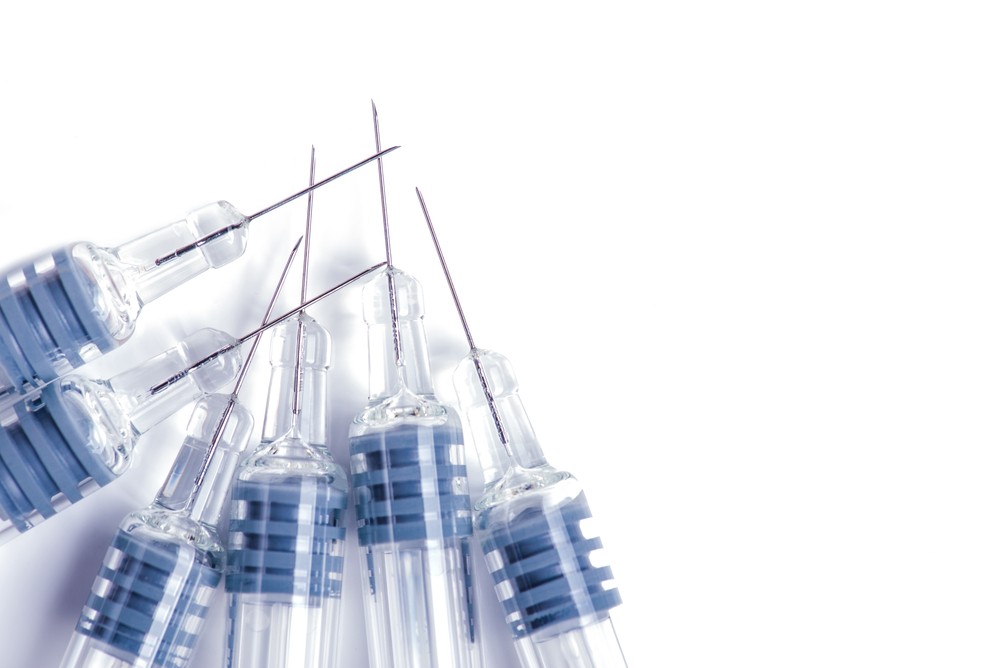
November 2: Hormonal changes can affect your blood glucose.
Entering puberty or menopause can wreak havoc on your blood sugars. If you see blood sugars that are outside your normal range, it’s important to understand that they may not necessarily be a result of the foods you ate. Instead, they may be caused by hormonal changes that are going on inside your body.

November 3: Blood glucose target ranges should be set by your healthcare provider.
Even though the American Diabetes Association provides guidelines for where blood sugar levels should be, your blood glucose goals should still be individualized based on factors such as your age and physical limitations. For reference, an average pre-meal blood sugar reading should be around 130mg/dL (7.2 mmol/L), according to ADA guidelines; post-meal readings should be around 180mg/dL (10.0 mmol/L).
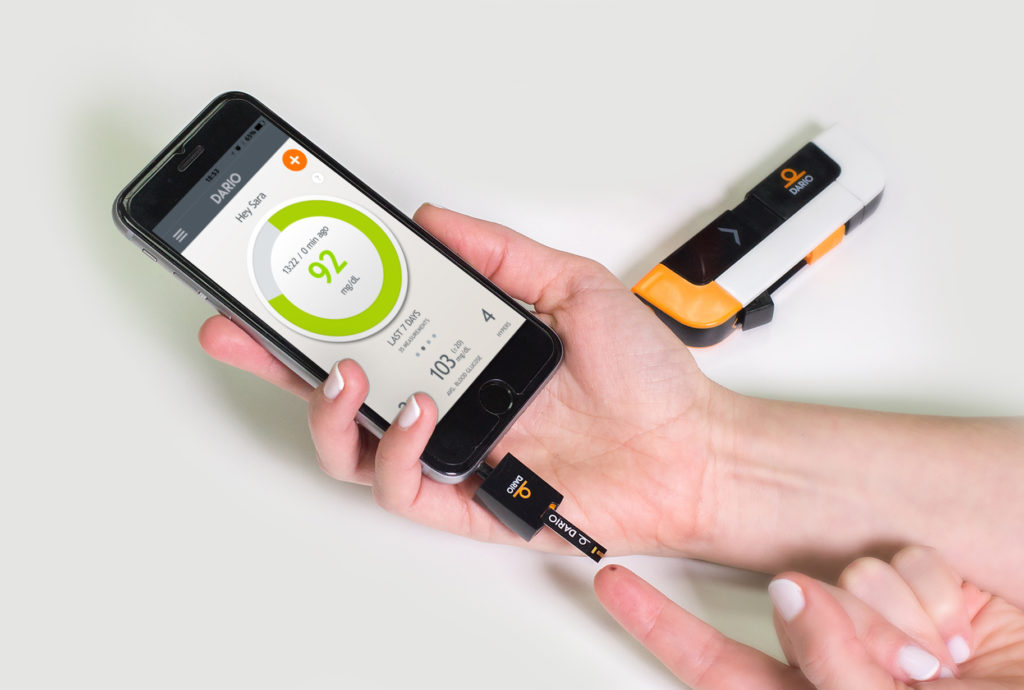
November 4: Hypoglycemia, or low blood sugar, should be treated with pure glucose that is rapidly absorbed.
Good examples of this type of rapid treatment are glucose tablets, juice or regular soda. Using whole milk or chocolate to treat low blood sugar is not recommended because any fat content will slow the absorption of sugar.
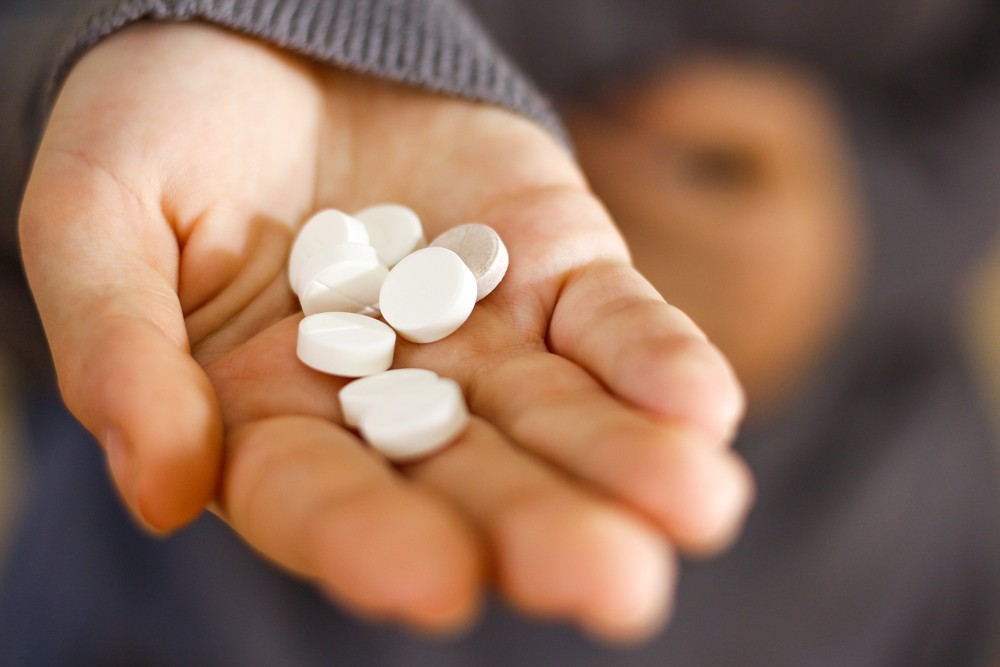
November 5: Convenient foods may be less healthy than you think.
For example, many frozen dinners and cereal/breakfast bars contain high amounts of sodium and preservatives as well as hidden fats and sugars. Even bars labeled “healthy” can be deceiving. Reading nutrition labels is the only way to know exactly what’s inside your food and how nutritious it really is.
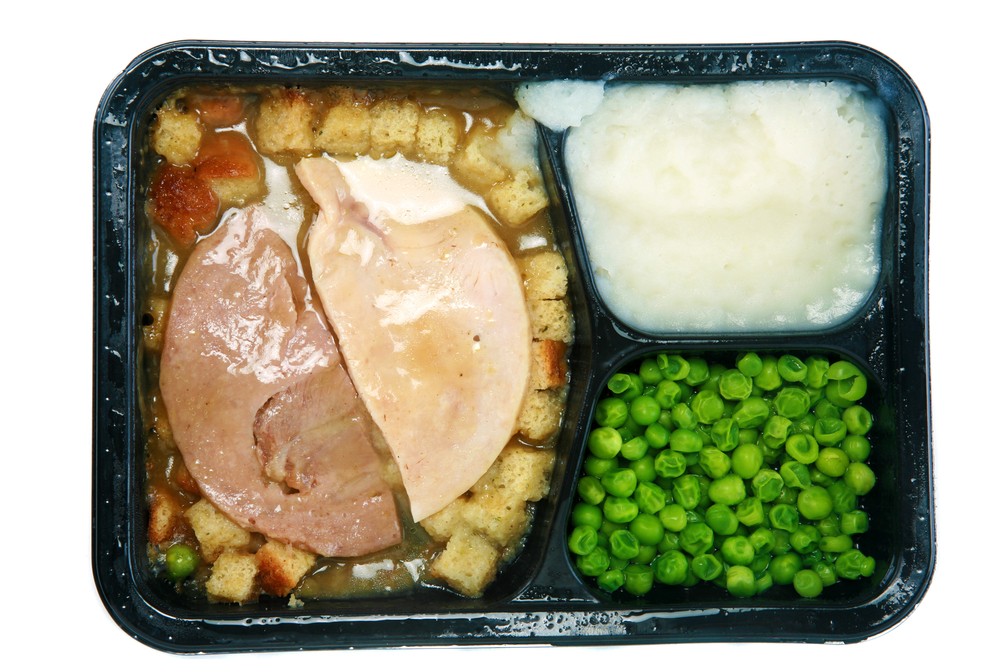
November 6: Some like it hot!
Spicy foods can actually help speed up the metabolism. If you like spicy food, that is a bonus! But beware, don’t go crazy with the jalapenos; they can also cause heartburn!
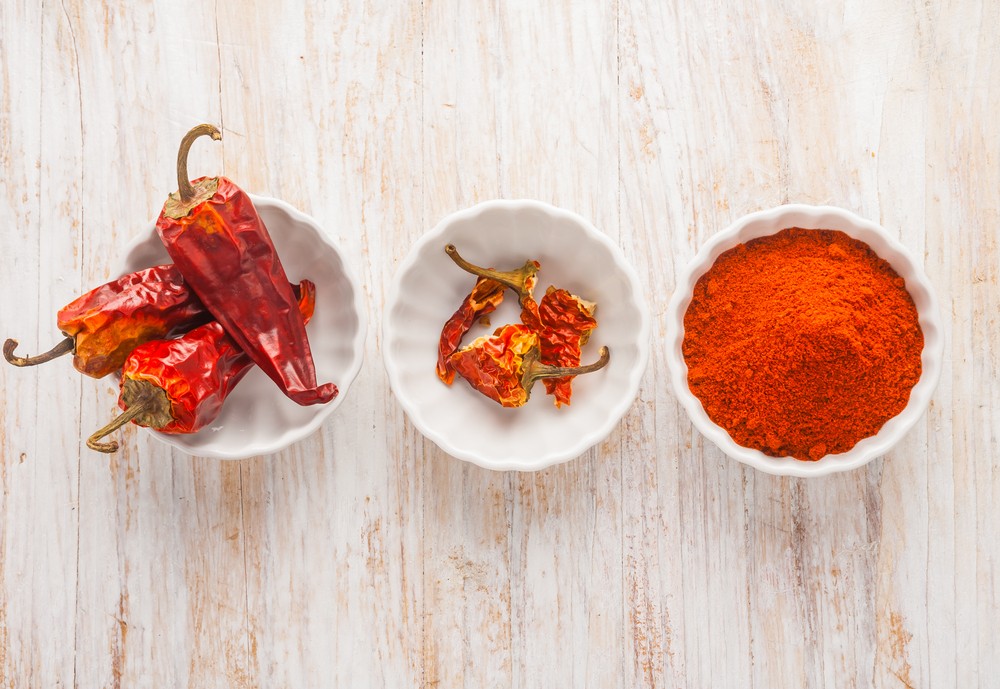
November 7: Know the best time to take medications.
For example, a lot of people living with diabetes also take a class of cholesterol medications called statins. If you are taking statins, it’s best to take them at bedtime because that’s the time when your body produces the most cholesterol.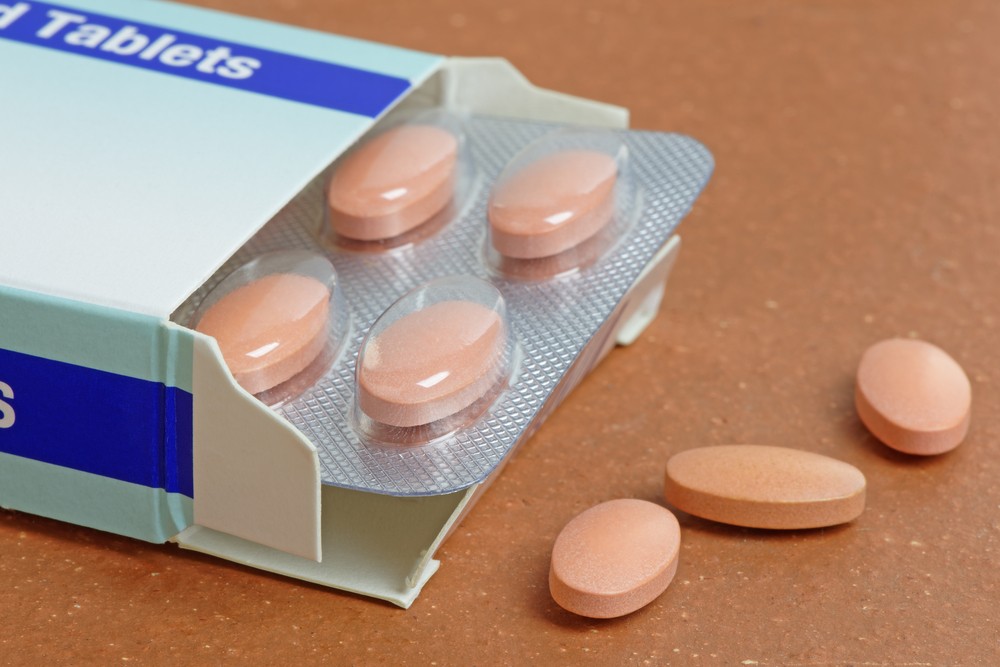
November 8: Lack of sleep can cause blood sugars to rise.
Lack of sleep can cause blood sugars to rise because cortisol and other stress hormones are released when you don’t get adequate sleep. Make sure you avoid late night TV binge-watching! Watching TV late at night can influence the quality of your sleep. Also, make sure to avoid caffeine in the evening.

November 9: Exercise has HUGE health benefits.
In fact, recent studies show that if you replace 60 minutes watching television with 60 minutes of walking time, your chances of living five years longer increase by 40 percent![2]

November 10: It’s extremely important to monitor your blood pressure.
If you have high blood pressure, it may be wise to purchase a home blood pressure cuff to monitor it at home. Preferably, use a cuff unit as opposed to a wrist or finger unit since they are less accurate. Make sure you sit for 5 minutes or so before taking your blood pressure and keep a log if possible to give to your healthcare team to evaluate.

November 11: Raw foods generally have a lower impact on blood sugar than well-cooked foods.
That doesn’t mean you should only eat raw vegetables, but you should keep in mind that cooking a food changes its glycemic index and therefore its effect on your blood sugar.

November 12: Don’t shy away from protein.
You should have about 20 grams of protein per meal unless you have dietary restrictions. The size of the protein portion can be described as a deck of cards.

November 13: Carefully read nutrition labels before consuming packaged goods.
Certain foods may seem healthy but aren’t. For example, when eating nutrition bars you should check the labels carefully, especially the fat content. Watch out for ingredients like palm oil which is particularly unhealthy.
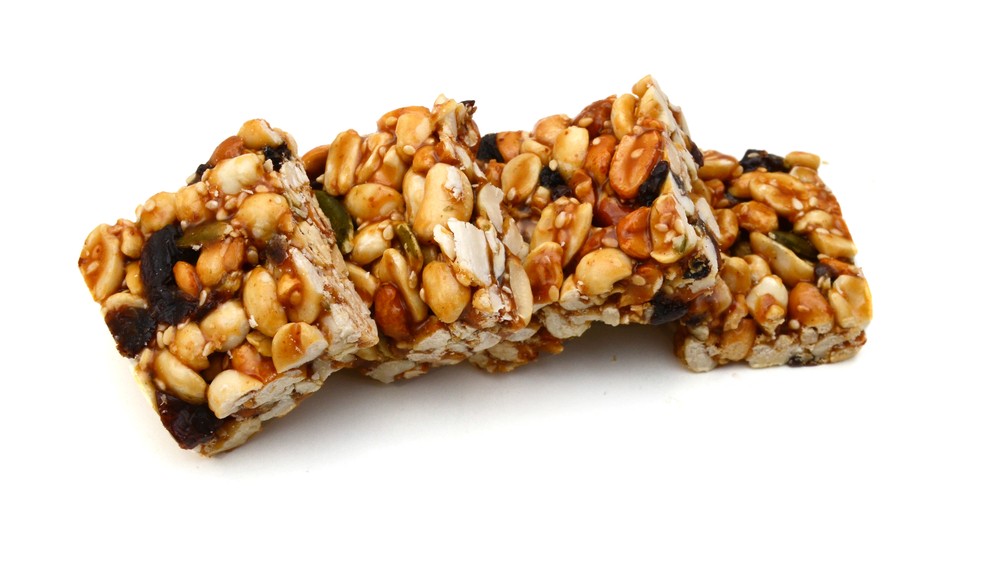
November 14: Get the right amount of nutrients.
A good idea is to shoot for five servings of fruits and veggies per day. If you have dietary restrictions due to other health issues, try and include as many fruits and vegetables as possible in your diet.
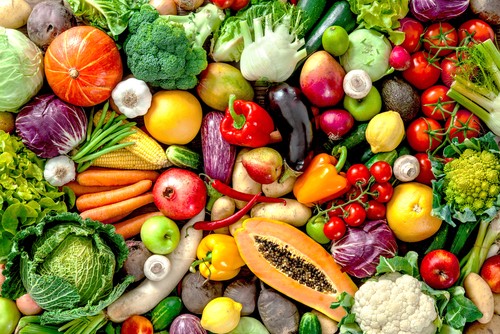
November 15: Peanut butter is a great source of protein.
If you are looking to increase your protein intake, peanut butter is a good option but is always calorie dense. Be sure to read nutrition labels because some kinds of peanut butter have lots of added sugars. If you find one you like, try and keep portions to two tablespoonfuls.

November 16: Stay nimble!
As part of your exercise routine don’t forget to stretch. It is very important to prevent injuries and should be done before and after exercise.

November 17: The most important meal of the day.
Make sure not to skip breakfast. You’ve heard it since you were a kid: breakfast is the most important meal of the day! A healthy and balanced breakfast helps to jump-start your metabolism and get you ready for the day.
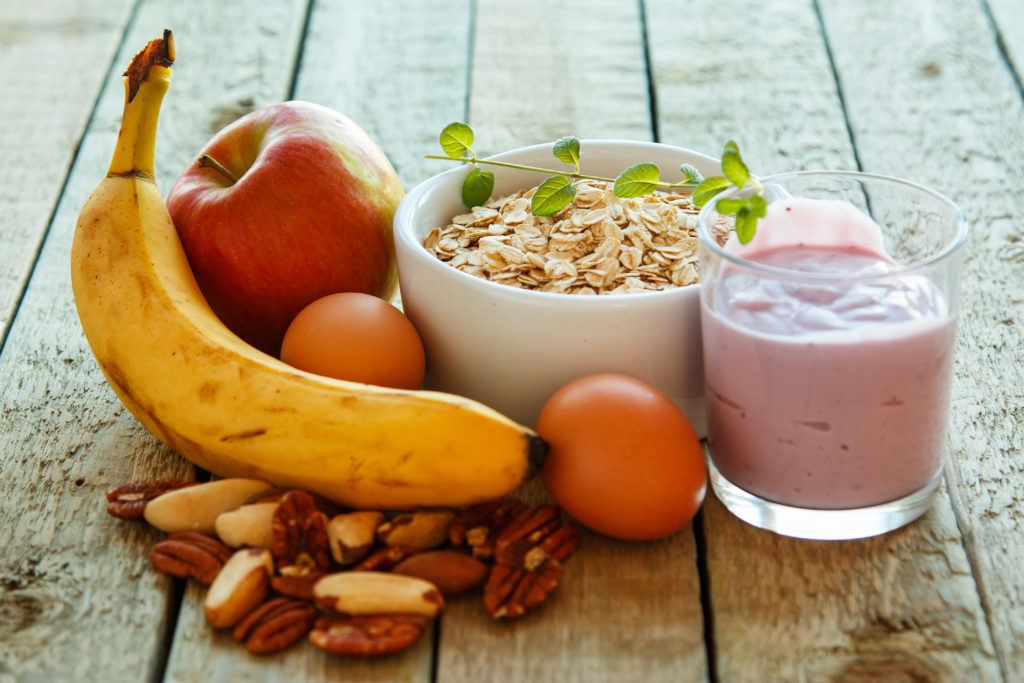
November 18: Do you use alcohol to clean your fingers before taking a blood glucose measure?
If so, you may want to think again. It’s not currently recommended to clean your fingers with an alcohol wipe in preparation for blood glucose monitoring. In fact, the alcohol may even dilute the blood sample, potentially resulting in an inaccurate blood sugar reading.

November 19: Look for snack bars with specific nutritional attributes.
If you are eating nutrition bars as a meal replacement, choose a bar with at least 10 to 15 grams of protein and at least 35 percent of the recommended dietary amounts of vitamins and minerals. Also look for bars with less than 10 to 20 grams of sugars.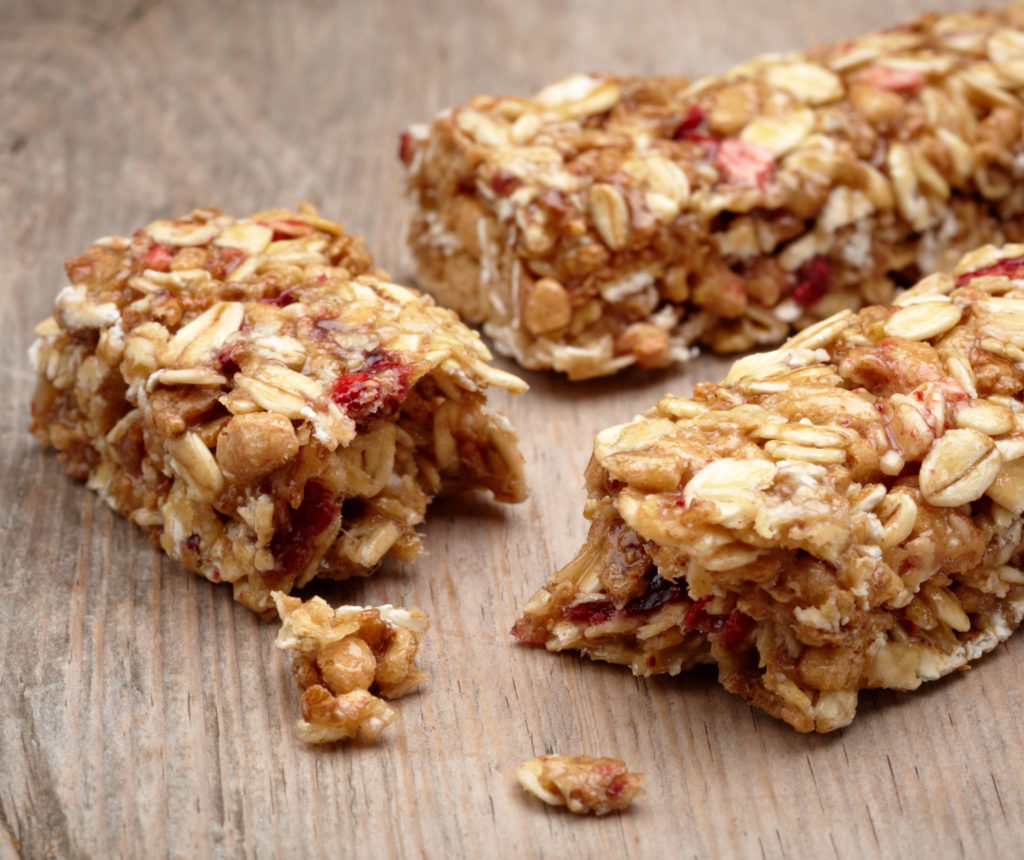
November 20: Lentils are a great food choice for people living with diabetes.
Lentils are not only tasty, they are nutritious and can be a great food to include in your diet if you’re living with diabetes. One half-cup of cooked lentils contains 10 grams of protein, 7 grams of fiber, and 36 percent of your general daily iron recommended intake!
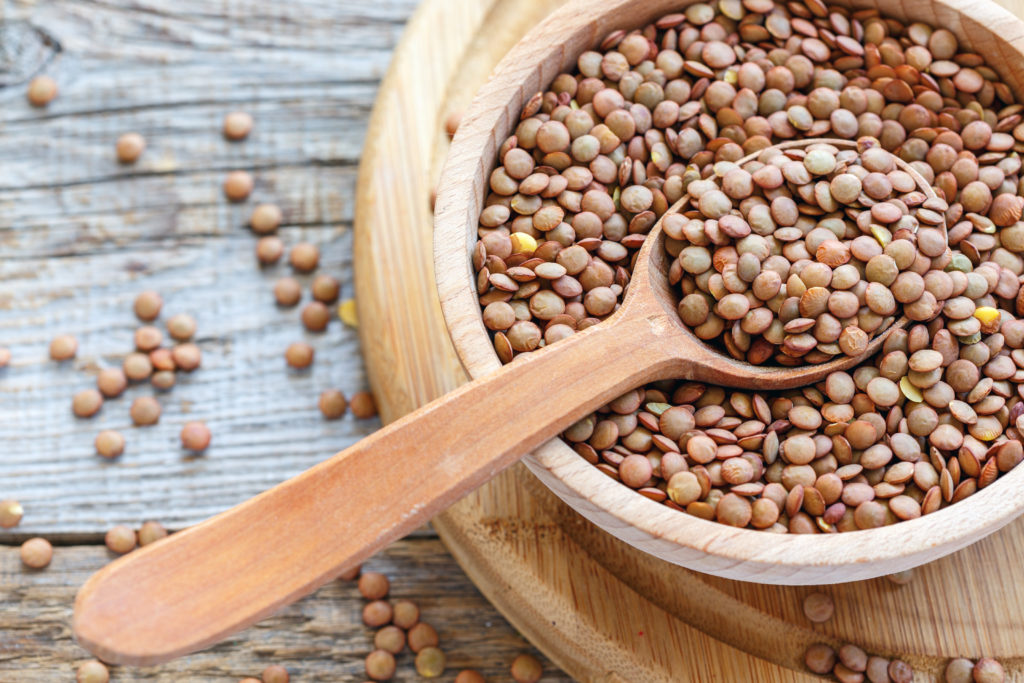
November 21: You know the types of foods you eat influence your blood glucose, but what about the order of foods you eat?
There is some evidence out there that the “order “ which you eat foods may significantly help with blood glucose control. The study concluded that if you eat protein and non-starchy vegetables before carbohydrates, your postprandial blood sugar levels may be lower. In addition, eating these items first may help you with portion control.
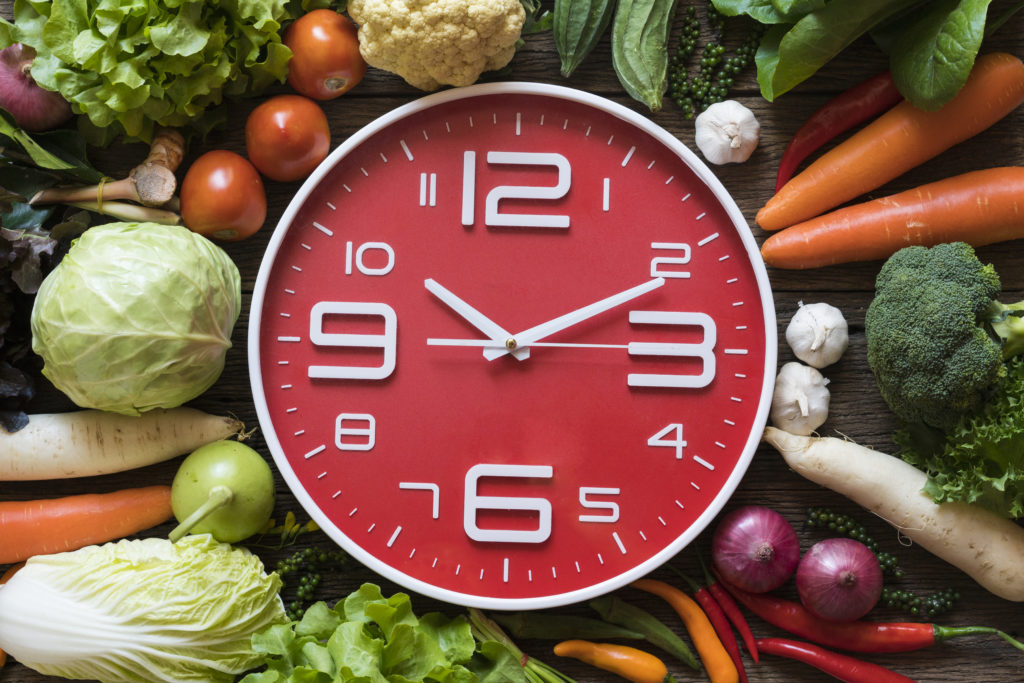
November 22: Beans, beans, they’re good for your heart…
Legumes or beans are a very healthy food option to include in your diet. Not only are they healthy and delicious, beans come in so many different forms that they are easy to introduce into your diet. Most people don’t realize that there are several types of beans including edamame, pinto beans, garbanzo, tofu (bean curd) and even peanuts.
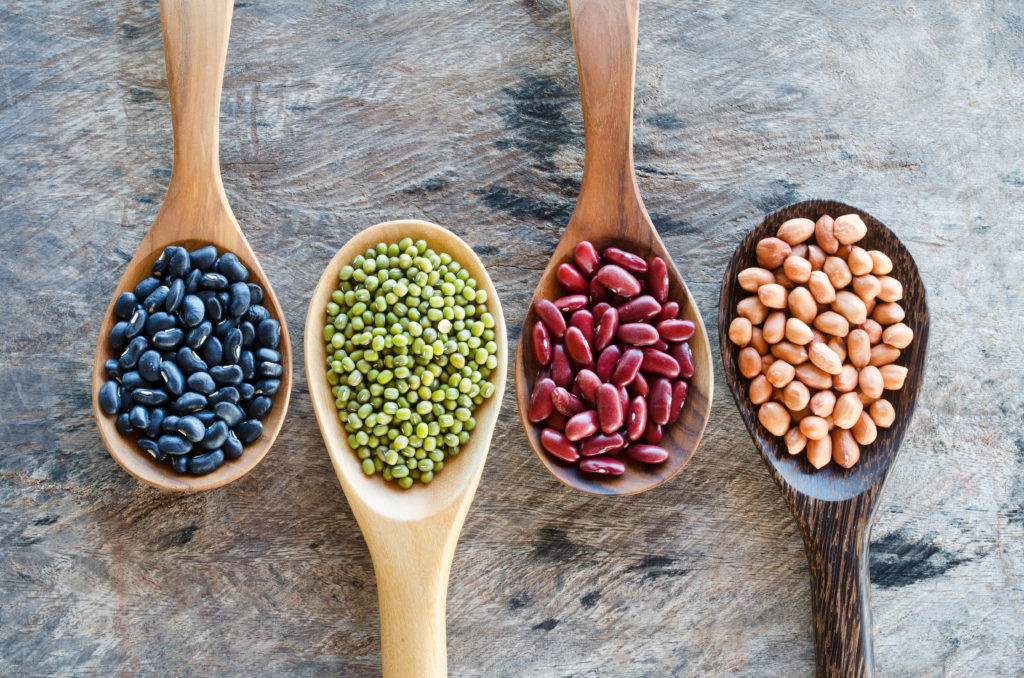
November 23: Consider taking the sunshine vitamin.
Vitamin D – or the “sunshine vitamin” – is very important for overall health. Believe it or not, many people worldwide are actually deficient in vitamin D. Be sure to have your levels tested and use supplemental vitamin D if necessary. Low vitamin D levels have been implicated in many health problems from depression to increased risk of certain cancers.

November 24: Fruit juice may not be as healthy as you think.
Fruit juices often have high levels of sugar. If you’re a juice love (and who isn’t) then a good recommendation is to make your own vegetable juices at home. You don’t necessarily need a juicer, you can use a blender to make your own healthy and tasty vegetable juices.

November 25: Don’t forget to get your recommended immunizations.
Illness, especially an acute illness like the flu or pneumonia can wreak havoc on blood glucose control. Consider getting seasonal immunizations like the flu shot to prevent catching these illnesses. Be sure to check with your health care team to see what is right for you.
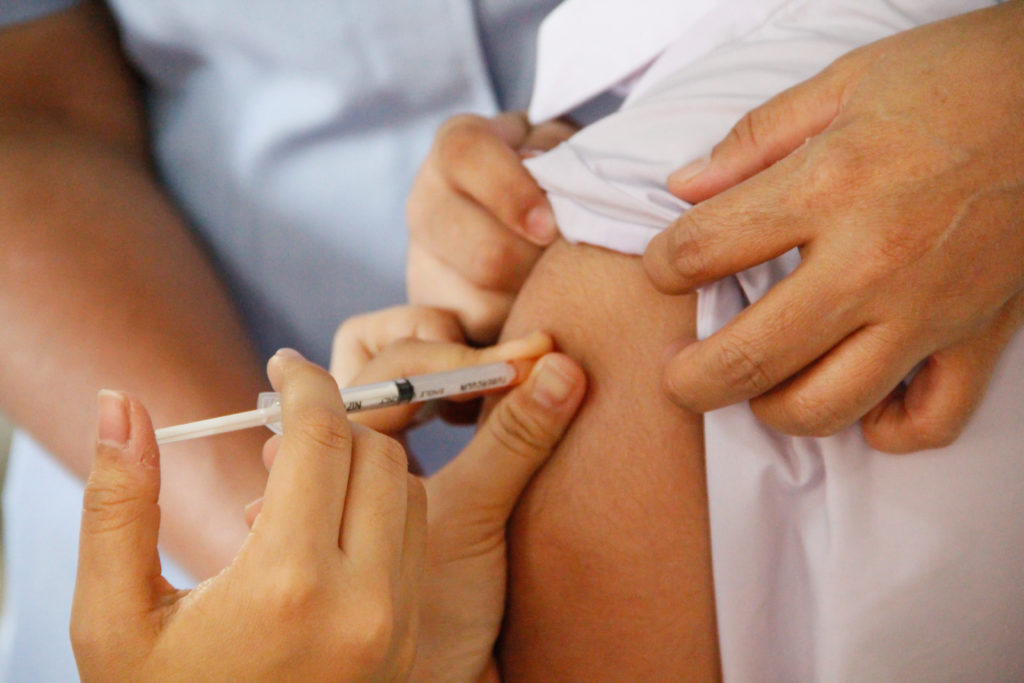
November 26: Lean meats are the way to go.
When choosing protein for your meals, use lean meats whenever possible. Red meat has a higher fat content than leaner meats like chicken and fish. Remember to always check your portion size!

November 27: Beware of food colorings in your food.
Some food makers use molasses and other food colorings to make refined bread appear darker in order to increase sales. Be careful with these breads; check food labels and look for whole grain bread with at least three grams of fiber per serving.

November 28: Make sure to employ the proper footwear if diagnosed with diabetic neuropathy.
Neuropathy is caused by damage to the body’s peripheral nerves from elevated blood glucose. If you have diabetic neuropathy, comfortable shoes are essential. Stick to shoes with a rubber sole, a wide toe box, and shoes that bend at the ball of the foot, not in the middle.
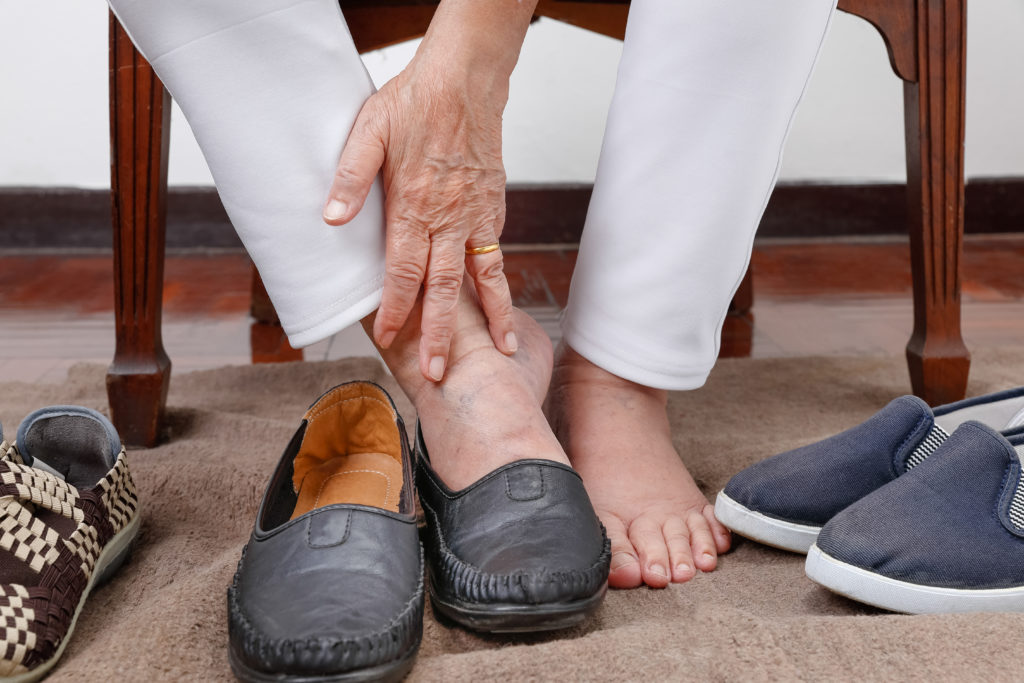
November 29: The Dario app can provide you with invaluable insights into your eating habits.
Logging meals via the app can make you more self-aware of what you are consuming on a daily basis. Did you know that there’s a carb counter with over 500,000 different food items in the Dario app? Take one week and log all of your meals; you may be surprised at what you’re actually eating during the course of a day!
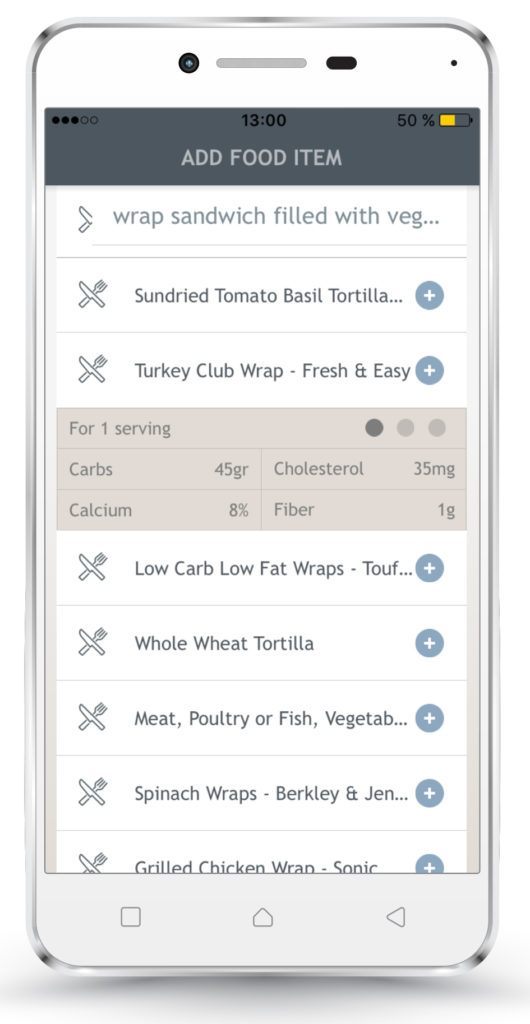
November 30: Keep a full water bottle with you wherever you go.
Most of us don’t get the hydration we need on a daily basis. Not only will keeping a water bottle with you create the habit of drinking water, it will help you stay hydrated since elevated blood sugars lead to frequent urination. The bonus: if you can switch to drinking water instead of sugary drinks, you can save yourself from consuming some unneeded calories!

Check back for more tips throughout the month of November!
About Susan Sloane Susan B. Sloane, BS, RPh, CDE, has been a registered pharmacist for more than 29 years and a Certified Diabetes Educator for most of her career. Her two sons were diagnosed with diabetes, and since then, she has been dedicated to promoting wellness and optimal outcomes as a patient advocate, information expert, educator, and corporate partner.
Susan has published numerous articles on the topic of diabetes for patients and health care professionals. She has committed her career goals to helping patients with diabetes stay well through education.
<b>Medical Disclaimer</b>
The articles provided on this website are for informational purposes only. In addition, it is written for a generic audience and not a specific case; therefore, this information should not be used for diagnostic or medical treatment. This site does not attempt to replace the patient-physician relationship and fully recommends the reader to seek out the best care from his/her physician and/or diabetes educator.
[1] Centers for Disease Control and Prevention. National Diabetes Statistics Report: Estimates of Diabetes and Its Burden in the United States, 2014. Atlanta, GA: U.S. Department of Health and Human Services, Centers for Disease Control and Prevention, 2014. Available from https://www.cdc.gov/diabetes/pdfs/data/2014-report-estimates-of-diabetes-and-its-burden-in-the-united-states.pdf. [2] http://www.thelancet.com/series/physical-activity-2016
DAR -0025 RevA 06/2019








